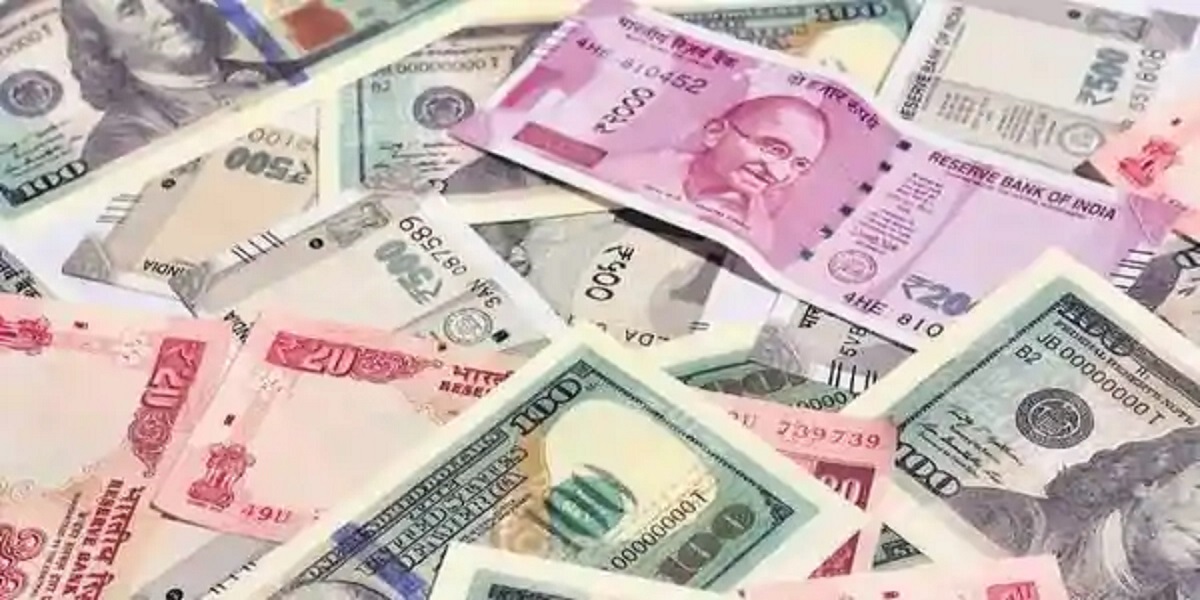

Companies and individuals who sell their services and products to overseas firms receive payments in Indian rupees and the buyers need to sell dollars and purchase the Indian currency to complete the trade. Considering that most of India’s foreign trade is invoiced in dollars, businesses and individuals need to sell their rupees and purchase dollars to complete the trade. In FY’21, India did clock in a current account surplus for the first time in 17 years but that achievement was underpinned by curtailed demand during the pandemic years as opposed to exports truly outpacing India’s elevated imports.Įvery day, individuals, companies and organisations enter into trading transactions with overseas entities.

There have been a few errant years in between but they are more of an anomaly than a norm. Traditionally, India has been a country with a large current account deficit. If its exports outmatch its imports, then the country has a current account surplus. If a country’s imports fall short of matching its exports, then the country has a current account deficit. The scenario is compounded further by record-breaking crude oil prices, which balloon India’s imports, diminish the cumulative value of India’s exports and widen our trade deficit.Ī better way of understanding the rupee’s movement against the dollar is to look at the current account deficit, which is a measure of the difference between a country’s imports and exports. A wobbly global macroeconomic environment marked by a spell of monetary tightening unleashed, firstly, by the Federal Reserve and being mimicked in earnest by the major central bank governors across the globe has led to an exodus of hot money from developing economies to the “safe haven” of the dollar. Mumbai: The rupee has been taking a drubbing against the dollar and has already breached the symbolically key level of 80.


 0 kommentar(er)
0 kommentar(er)
